A well-trained dog or puppy is a dream for a lot of dog parents, yet it should not just stay as a dream. Supportive encouragement and proper training are the best ways to helping a dog understand what’s good behavior and what’s bad. For sure, there’ll be some mistakes as your dog learns, but if you know how to properly discipline a dog, you will have the best-behaved dog.
What’s the good thing about dogs is that they tend to be fast learners. If you can train your dog in its obedience, then disciplining a dog will be a rather simple task for you and your dog. In this article, we will be discussing how to discipline your puppy or dog without any punishments. We will also be including some other essential tips. So without further ado, let’s get started!
Contents
How To Discipline A Puppy Or Dog Without Punishment?
A dog that’s disciplined is actually a lucky dog. It will never experience increased tone, anger, or violence from its owner. Even though it might seem insignificant, dogs may feel your nervousness and anger. When they think that it’s because of them, it might be demoralizing for them.
Remember, the goal of training your dog is to have an obedient dog who’ll listen to their owners because they trust them, and not because they’re afraid. Even though dogs are intelligent, physical punishments are so hard to apply in ways your dog properly understands the message. You should know what the right punishment is, and what’s not.
Here are some common ways to discipline your puppy or dog without giving it any punishment:
1. Scruff-Shake
If you feel the need to discipline your puppy or dog for a bad action it has done, you can do this. You can grab your pooch or dog’s fur under its ear on its neck and then shake. Do this in a brief yet brisk manner. It works well if you caught them in the act. The scruff-shake will come as a surprise to them.
2. Distract
You can make a brash noise to divert your puppy or dog’s attention from whatever wrong they’re doing. Slapping the table, shaking a container with pennies or pebbles inside, or a loud yell may do. Doing this will startle your dog and will focus its attention on you, rather than to what it’s doing.
3. Isolation
If you caught your puppy or dog doing something inappropriate, tell your dog no and ignore it completely. Dogs, especially puppies are so social and they will not like it when you are not paying enough attention to them.
4. Put-Down
When you caught your puppy or dog on doing a bad act, push it over so quickly –in a very gentle manner. You can do this either on to its side or onto its back and lean onto your pup or pooch. This will be a reinforcement that you are more dominant.
5. Sit Command
Right after you say no to your dog when it is doing something wrong, command it to sit. This will give your dog something else to do aside from doing that ‘bad’ thing. Commonly, when they sit, they no longer do what they’re doing that you do not like –they completely ignore it.
6. Squirt Bottles
Say NO or OFF and then squirt your dog after. Using a water gun is a good and fun idea. Unluckily, lots of dogs find this game really fun as well. Instead of punishing your dog for doing something wrong, you can use this not just to discipline your dog, but to have fun as well.
7. Time-Out
Put your puppy or dog outside for a couple of minutes and try the same situation once again. Or you may stop interacting or playing with your furry friend for a minute or two when you’re part of the situation.
8. Be Consistent
If you discipline your puppy or dog for barking on someone on Tuesdays and not on Wednesdays, your furry pal may get confused about it and will not learn the necessary behavior it should learn. Being inconsistent in disciplining your dog or puppy will just reinforce negative behavior on them, thus leading to a problematic pet who keeps on doing bad things.
Things To Avoid When Disciplining Your Puppy Or Dog
Here are the things that you should not be doing when you are doing disciplinary actions to your puppy or dog:
1. Do Not Yell At Your Pet
Bear in mind that puppies and dogs learn from the different signals that we give them. Therefore, if your tone of voice seems to be too anxious or raging, they may become hyperactive and anxious. It may seem logical that your dog or pup will become more attentive to your commands when it is angry or loud, yet you should be calm and firm instead.
2. Do Not State Down, Drag, Or Hold Down Your Pet
A behavior that is meant to threaten may teach your puppy or dog to challenge or fear you. Further, physical manipulation might prompt it to defend itself, as well. Neither of these paths will produce the outcome that you want. If these ways cause your puppy or dog to become submissive now, they might become aggressive in the future.
3. Do Not Use Physical Punishment
Even though this way was encouraged in the past as a manner of teaching a dog a lesson, it is never an effective training tool. In the actual fact, using aggression will just teach aggression, and while a peck on the nose might cause rover in stopping a problem behavior, too much of this might just make your puppy or dog a naughty one and become an extremely bad dog someday. Moreover, punishment also interrupts the relationship and trust between you and your dog. Of course, you wouldn’t want your dog to not trust you, right?
4. Do Not Allow Any Play That Is Not Okay
When a puppy or dog is learning, it isn’t always going to be of best behavior. Remember, there are so many things that may be tempting at home, and it is necessary that you make it clear which belongs to him/her and which do not. You should never allow the behavior to keep on going because it is cute or because you think he will grow out of it. You should teach your pup or pooch how to play right from the very start.
Final Say
Puppies and dogs, in general, can be quite a problem, yet with proper discipline, your furry pal can learn habits to keep not just you, but also your pet happy. It can be so tough at times, but you should bear in mind that you are helping your pal to learn and be the best version of himself.
If you treat your puppy or dog as a child, you’ll begin to see that you are teaching it how to become a grown-up. Make sure to always be patient and to invest time in your training, so that you will worry less about how to discipline a puppy or dog and instead, spend more time enjoying its company!
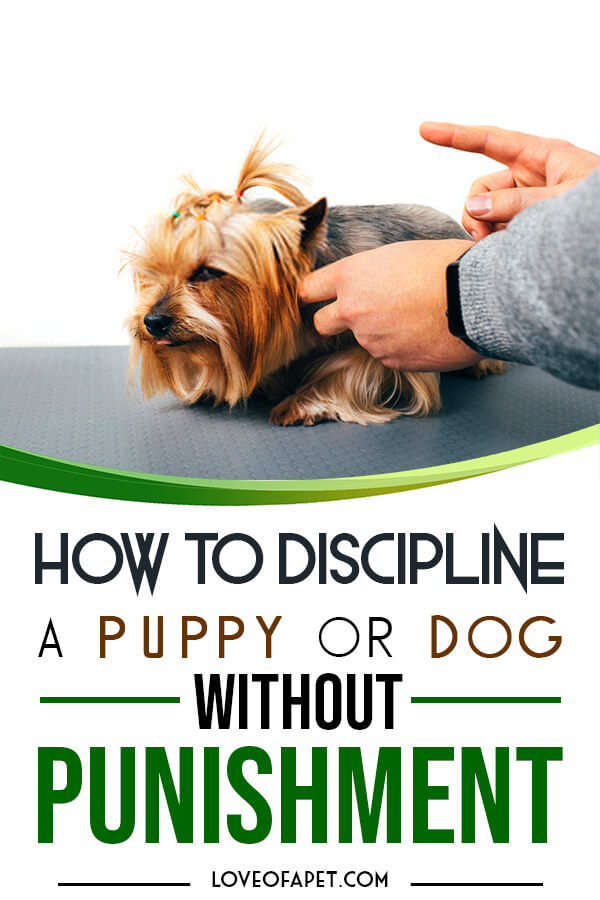
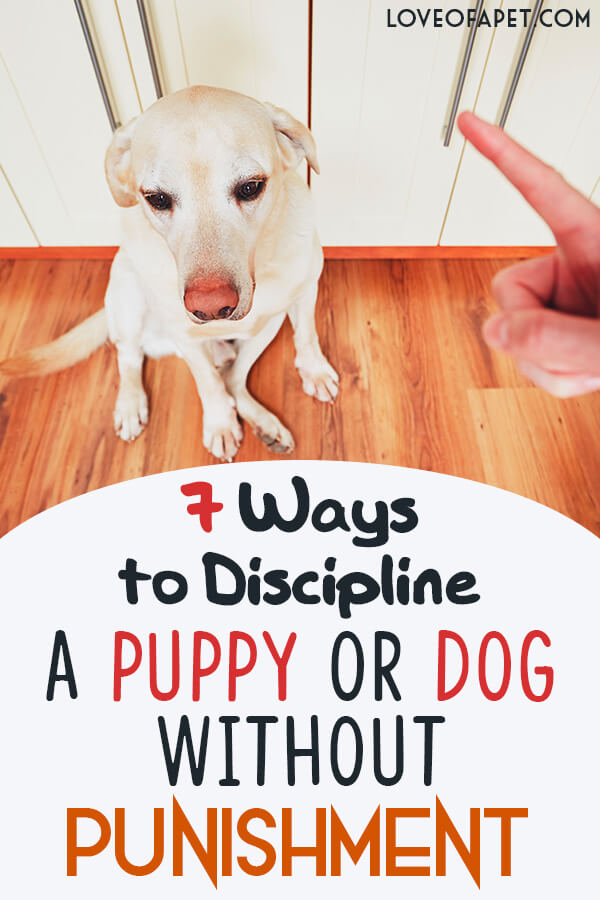

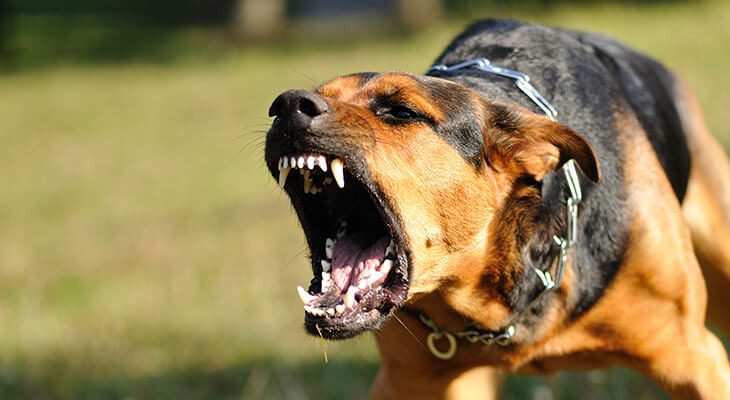
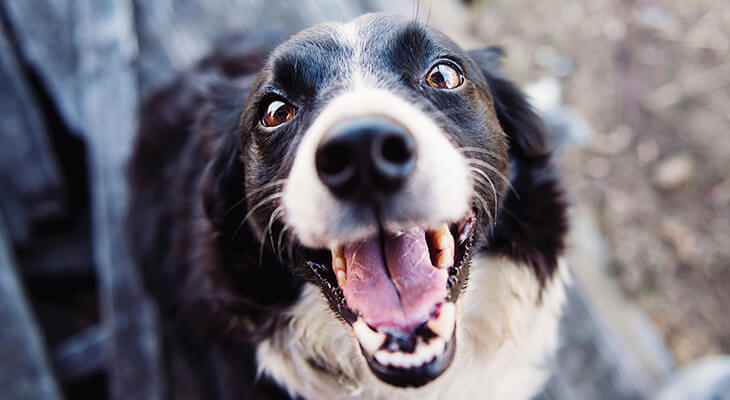
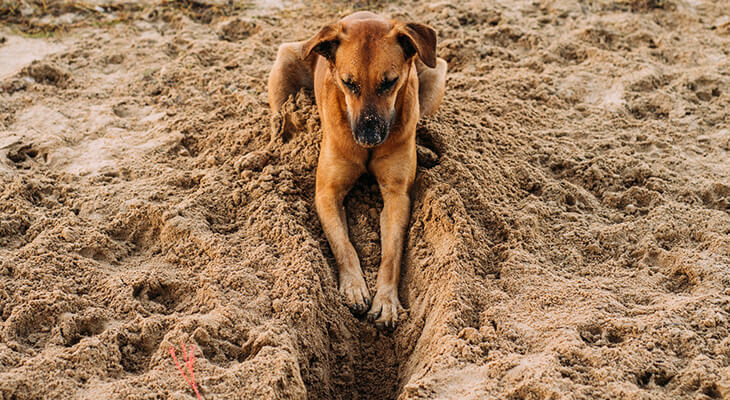
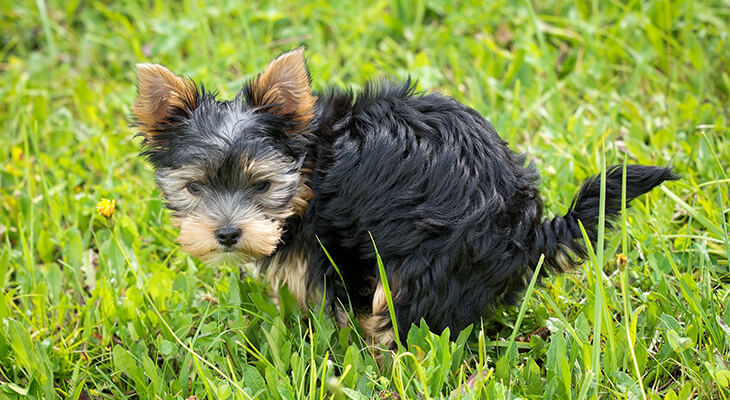
Some of these tips like the scruff shake or pushing your dog over are old school and proven to not be useful. U less you want to scare your dog, then by all means…
Great insights!!
I totally agree with Jim. Most of the methods above are seen as positive punishment (old school / force-based techniques), because you’re adding (+) an unpleasant or undesirable stimuli in an attempt to decrease the unwanted behaviour. A combination of negative punishment (withholding training rewards, withholding attention, time-outs), management / prevention and positive reinforcement works best.